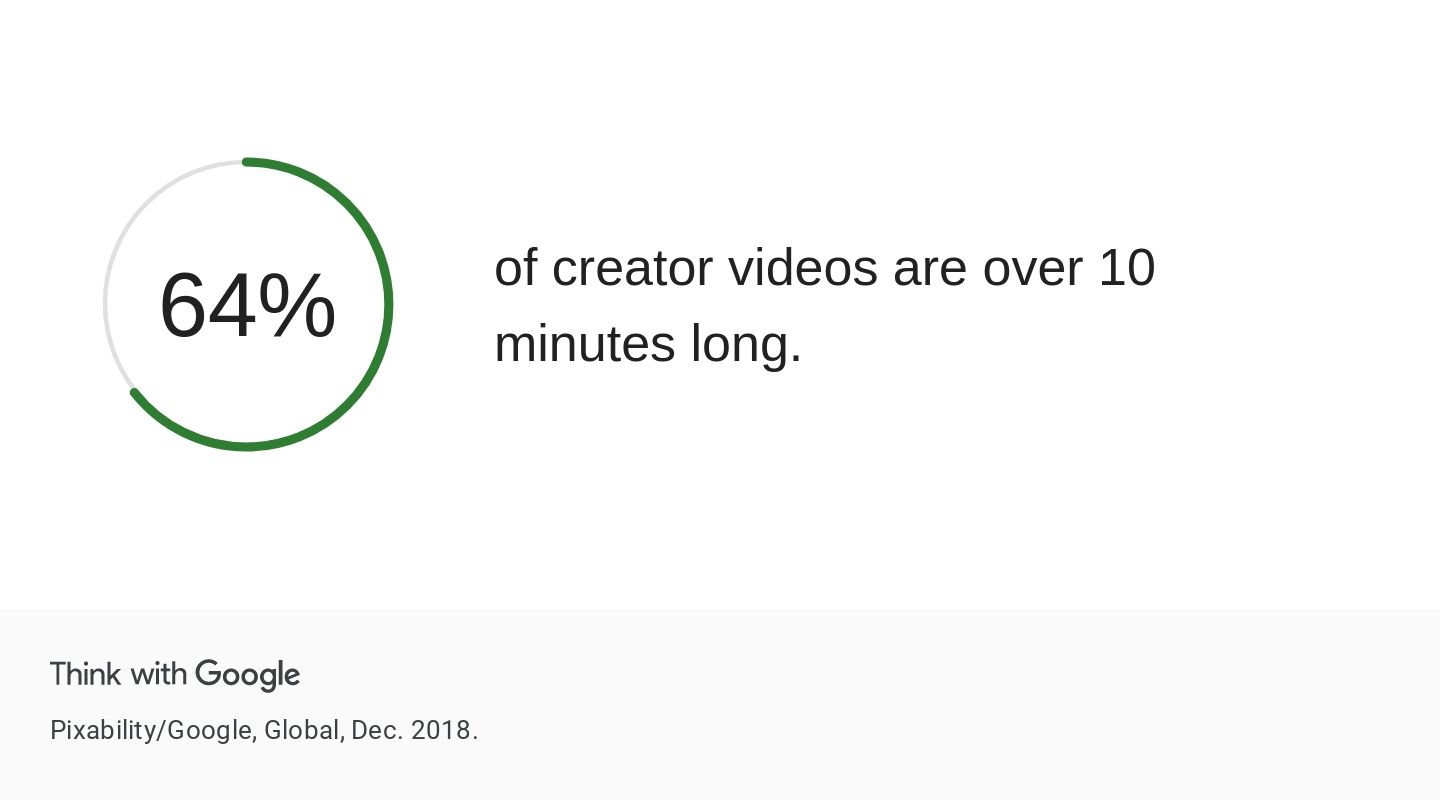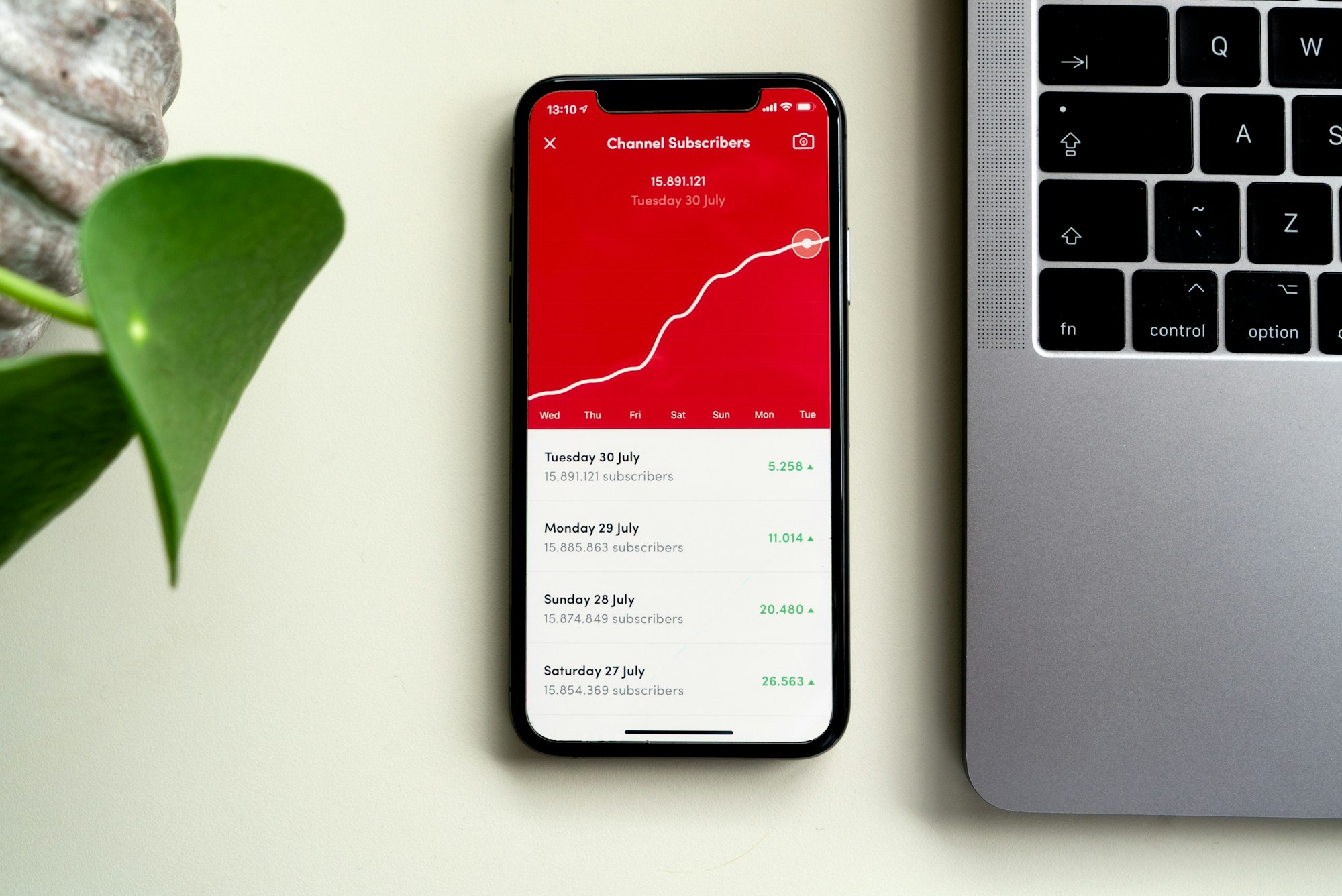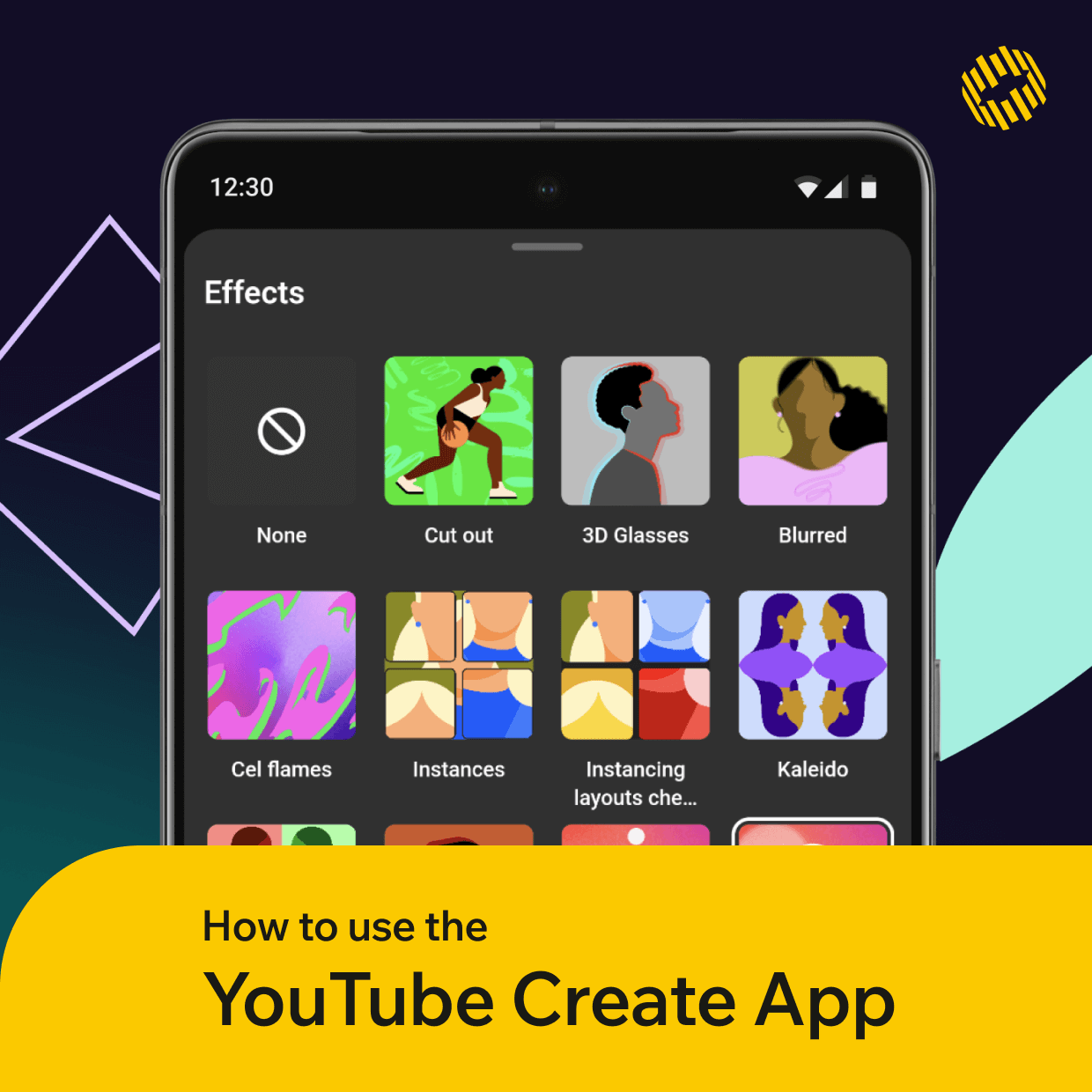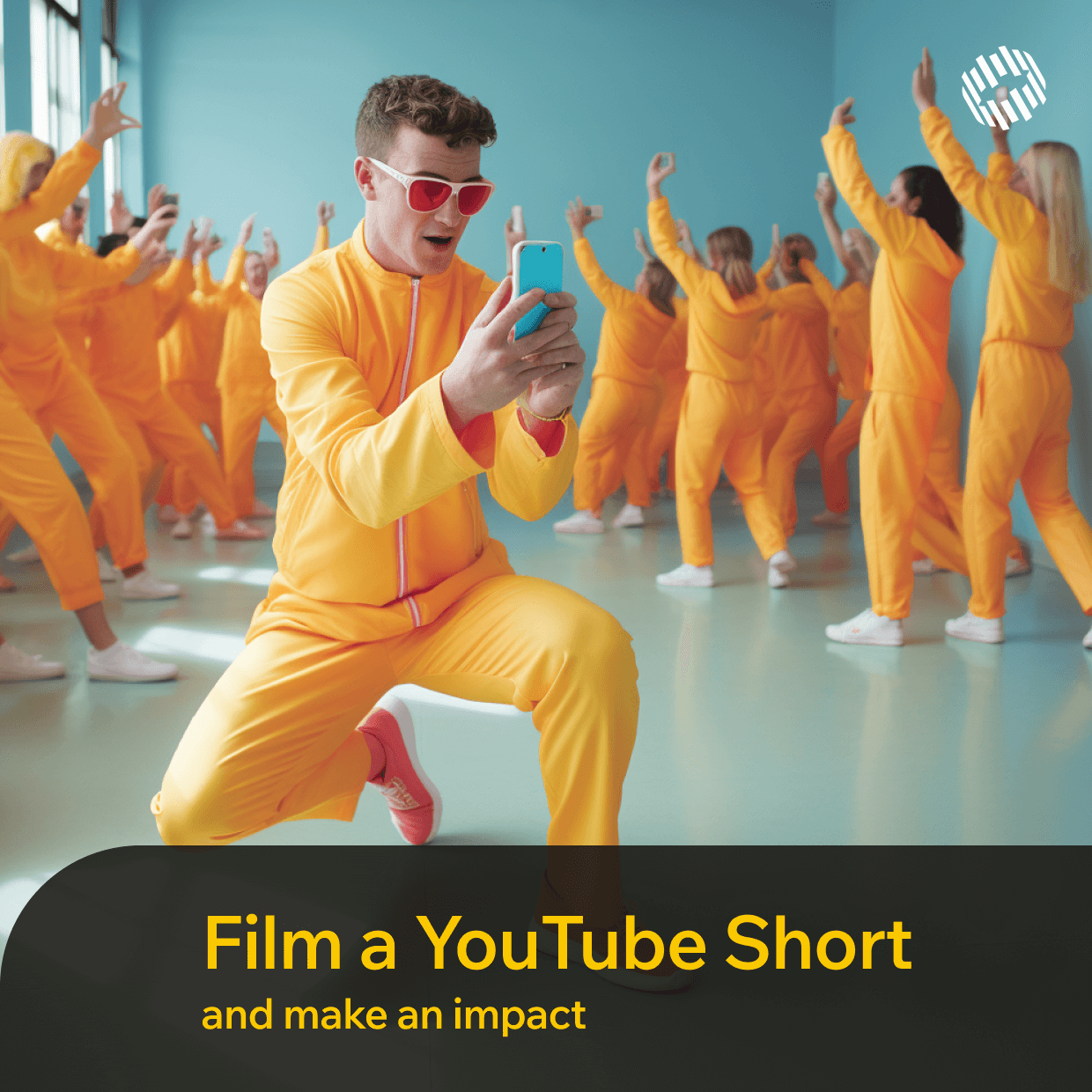So you've monetized your YouTube channel. It feels great, right? Wondering how to get paid the most for the videos you create? If you've thought that video length might be a factor, you're right.
Let's check the latest data to find out which length of video gets the most traffic, earns the most views, and makes creators the most money right now.
- 0-60 Seconds Long: The Most Traffic
- 1-2 Minutes Long: Fastest-Growing in Popularity
- 2-10 Minutes Long: The Average YouTube Video Length
- 10 Minutes or Longer: Maximum Ads, but A Drop in Engagement
- Qualify for the YouTube Partner Program
- Accept the Shorts Monetization Module
- Understand YouTube's Creator Pool
0-60-Second Videos Earn the Most Traffic

In the smartphone era, it's not surprising that viewers want something quick and shareworthy.
📈 Traffic: Videos between 0 and 60 seconds consumed over 81.2% of U.S. YouTube traffic in late 2023, Tubular Labs' Social Video Trends Report says. It drew data only from videos with over one million views.
⬆️ Uploads: Videos between 0 and 60 seconds also accounted for 74.3% of videos in this category (compared to 53.8% last year) – which shows the affinity for short-longs (long short videos) goes both ways.
1-2-Minute Videos Hit the Viral Sweet Spot

Shorter videos, the data shows, are more popular with viewers than videos between 1-2 minutes. However, videos between 1-2 minutes are getting more popular. These earn a ton of views, and the number of uploads is rising.
For TikTok, these statistics are different: videos under 60 seconds receive the most views, but the number of popular uploads of this length is declining. Instead, videos between 1 and 2 minutes (61-180 seconds) long (like those TikToks of people rolling bottles for aesthetics) are getting more popular in 2023.
If you’re hoping for smaller scale viral attention, then it’s best to stay around the 2-minute mark. - Hootsuite
In any case, all experts agree that variety is key.
2-12-Minute Videos Are the Norm on Average

Average video length also varies drastically depending on the type of videos you produce. Music videos, the data says, run the shortest among all categories (with an average length of 6.8 minutes per video).
A gaming tutorial might run for 12 minutes and leave viewers satisfied. A music video, on the other hand, feels a little too long if it runs over 5 minutes. Some say 3 minutes is across-the-board the sweet spot for classic-length videos.
Videos 10 Minutes or More Get the Most Ads, But Engagement Drops

Every video under 10 minutes gets one ad and one ad only. The longer your video is after that, the more ads you can insert.
Keep in mind that the ads that play before and after videos (excluding Shorts, which do not have ads inserted), called bumper ads, don’t count toward this total.
However, as video length increases, viewer engagement drops off– first after 2 minutes, then begins to fall steadily just after 5 minutes, and then hits a hard drop-off around just before 8 minutes as it then stays relatively steady with a slight decrease as length grows.

If long isn't your style— and if you want shorter than short-form video– YouTube Shorts might be your thing.
What About YouTube Shorts?

Variety is key. If your videos can be chopped up into byte-sized clips, try uploading these segments as YouTube Shorts.
Revenue from YouTube Shorts is calculated differently from the traditional model. Before you can monetize Shorts, you need to qualify for the YouTube Partner Program and accept the Shorts Monetization Module, YouTube says.
Meet the Monetization Qualifications

To be eligible for the YouTube Partner program, you need 1,000 subscribers, 4,000 watch hours on your classic (long) YouTube videos in the past 12 months, or 10 million views from Shorts in the past 90 days. If you're working to qualify for the YouTube Partner program, you might not get there by posting a ton of Shorts that earn low-volume, mid-level traffic and nothing else. Try doing both.
Secondly: you need to accept the policies in the Shorts Monetization Module, YouTube says. Once you accept these terms (go to Settings), you’re eligible to earn money from any Shorts views (of ad-eligible Shorts) you receive from that date forward.
You can check the monetization status of your Shorts in YouTube Studio under Content (same as with your classic videos). Eligible Shorts should appear green.
Once your Shorts are eligible to earn money, you can earn from the ads that play between Shorts in the Shorts feed.
Understand YouTube's Creator Pool
Here's how revenue from monetized YouTube Shorts is calculated: Every month, revenue is pooled and then broken down to be split between you (the YouTube creator) and the owner of any copyrighted music you include in your video.

Prior to February 2023, YouTube used a program called the Shorts Fund to calculate earnings from monetized Shorts. YouTube claims this program was too complicated, so it rolled out the Creator Pool model instead. They say the new program also simplifies the way royalties are calculated for copyrighted songs.
Revenue from a video with one copyrighted track is split two ways: between you and the copyright owner. If you upload a video with two copyrighted tracks (this includes clips), you only get one-third of the revenue: the other two-thirds goes to the copyright owners of the other two clips.
The Takeaway: Short Videos, Long Videos, or YouTube Shorts?

YouTube trends are constantly changing, but great content stands the test of time.
Don’t be afraid to experiment with new video lengths to offer a variety of content so you can learn what works and make your videos accessible to a wide range of audiences. You’ll find your sweet spot in no time. Don’t work for the algorithm. Make the algorithm work for you.








